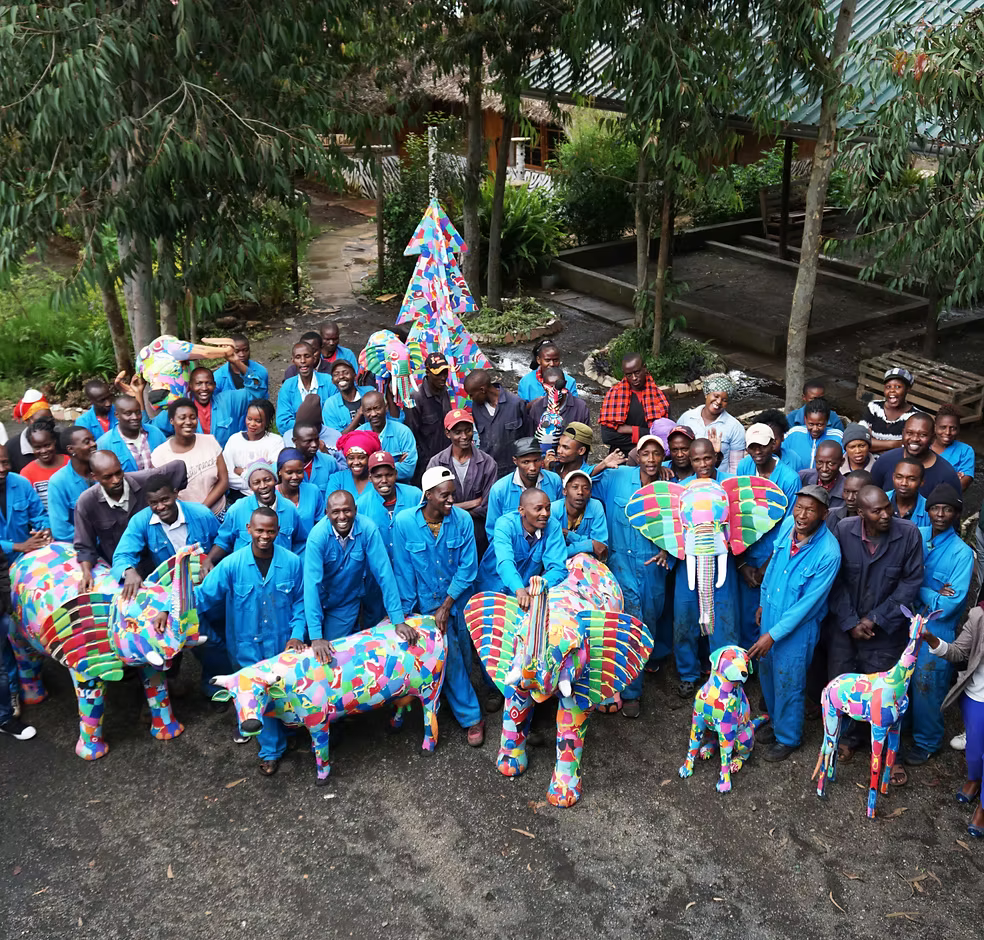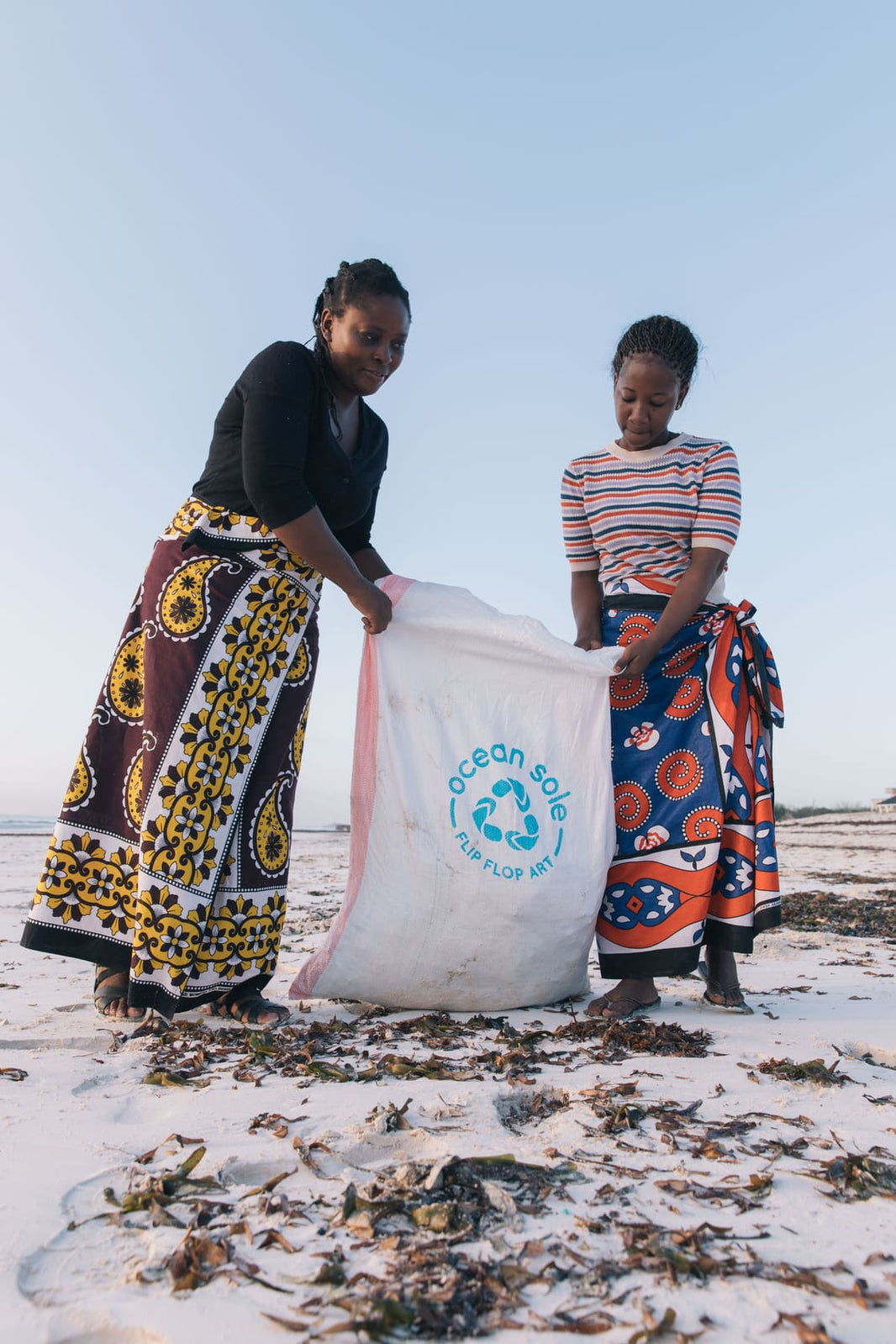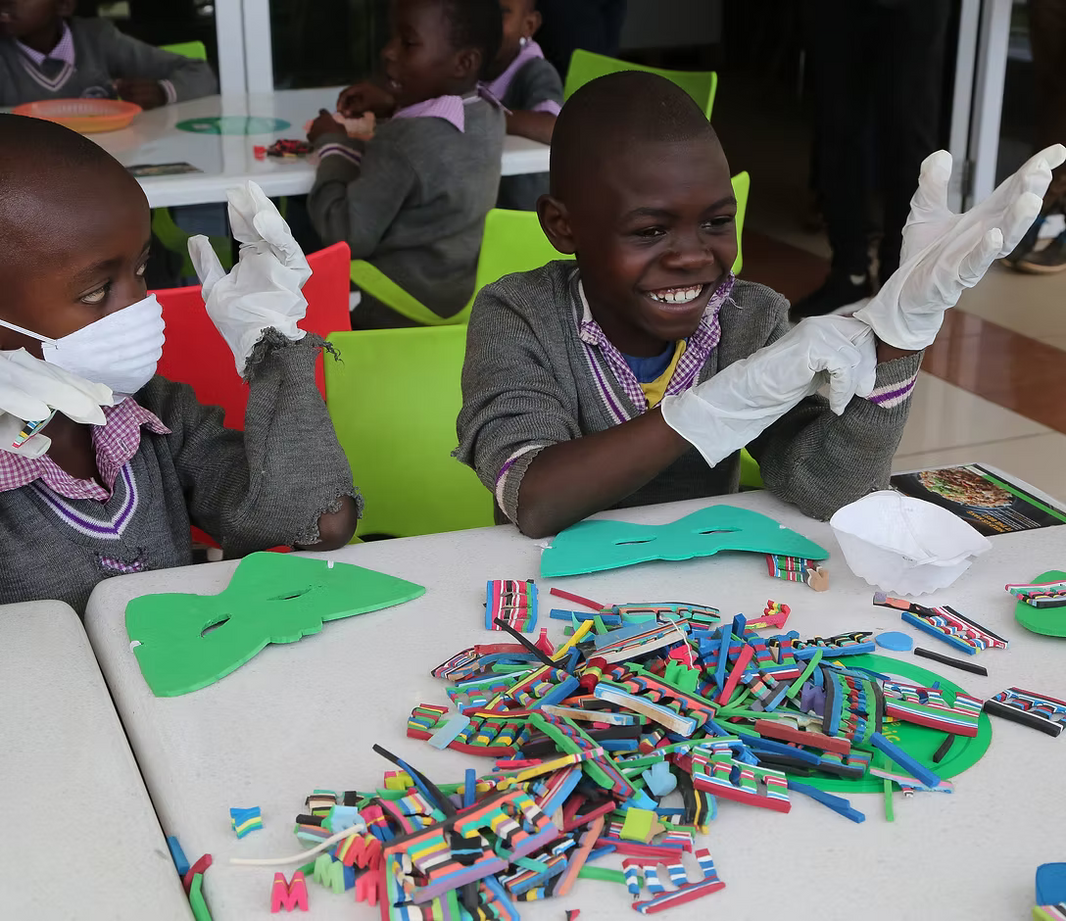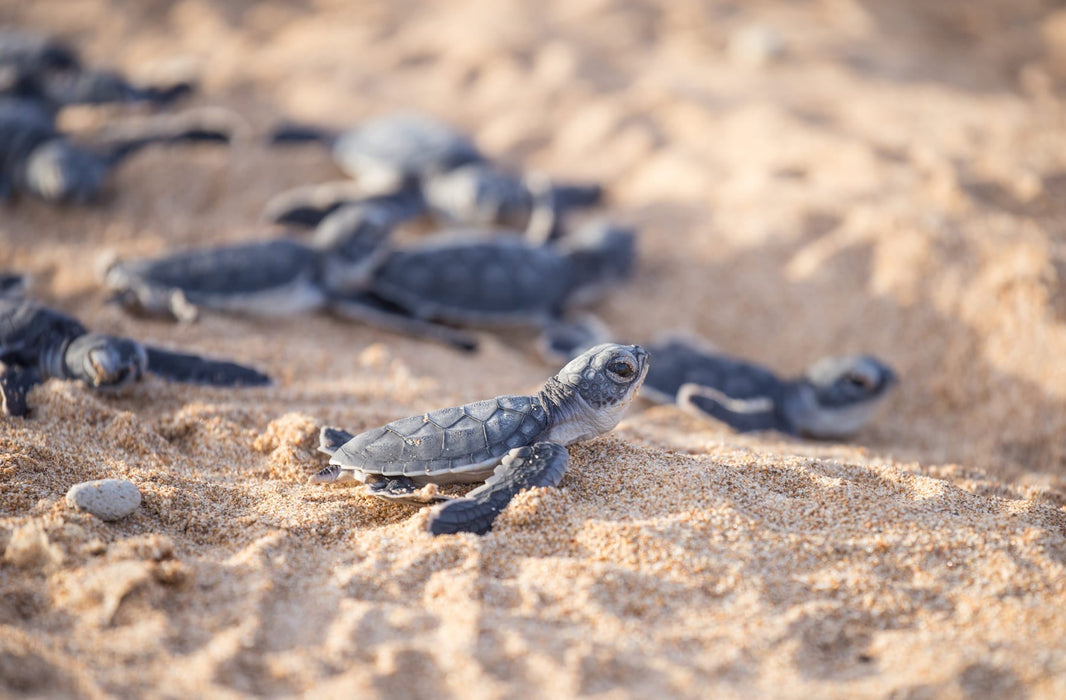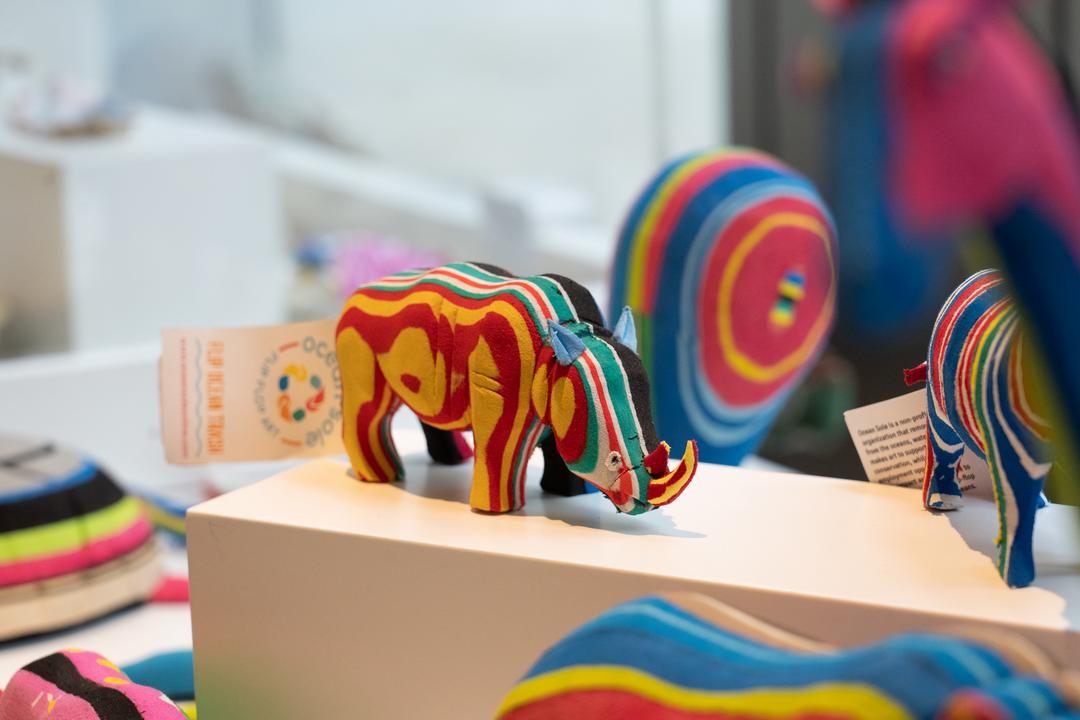Kenya is famous for its lions and was home to Elsa and Scarface, two of the world's most famous lions.
Kenya is SO famous for its lions that Disney based The Lion King off Kenya’s topography and its prides. Anyway, you get the point. In this blog, we wanted to dive deeper into Kenya’s most famous lions and highlight the struggles lions face in today's world.
So without further ado; Elsa The Lioness:
Elsa’s story arguably changed the game forever for lion conservation and conservation in general in Kenya and around Africa, so this is a good place to start. She was raised by a lady called Joy Adamson who wrote a book about her which you may well have heard about called Born Free.
Elsa’s story starts off sad, her mother was shot dead but ends happily. She was released when she was old enough into Meru National Park where she lived in the wild and managed to raise three cubs. Elsa’s story was so famous that in 1966 the Oscar-Winning adaption of the book was released and since then the Born Free Foundation was launched.

Nearly every national park in Kenya today hosts lions, who are territorial species that live together in groups of around 15, which are known as prides. While they are abundant in the biggest tourist attraction spots such as the Mara, the story of Kenya’s lions is not always as it seems.
Interestingly when we talk about lions, we rarely ever speak about the danger they are in but they are listed as vulnerable on the IUCN Red List of Threatened Species and in some parts of Africa, critically endangered.
Lion numbers have declined dramatically over the last decade by a whopping 90%.
The biggest cause behind the decrease in the number of lions is a result of declining habitat and habitat destruction. This arguably goes hand in hand with human conflict. Tribes such as The Maasai live in very close contact with lions and this has caused a number of problems. In 2017, the KWS found a number of poisoned lions around the Mara National Park. It turned out that some Maasai tribes had been poisoning cattle carcasses in a bid to scare off prides. While this sounds cruel the real issue lies between bad lion-human management.
According to WWF the lack of incentives for the communities to tolerate lions leads to a negative perception of lions and therefore a lack of support for their conservation. So in many cases around Africa, there is a vicious cycle of conflict between man and lion.
On the other hand, in Tanzania for example, The African Wildlife Foundation is working closely with communities around Maynara to financially support “lion proof enclosures” where herdsmen can keep their livestock safe.
While we hear a lot about the illegal ivory trade there seems to be little to no mention of illegal trade in lions. Sadly, the market for lion bones, in particular, has boomed in Asian markets and the increased level of trophy hunting also has a huge impact on declining numbers.
Although trophy hunters would like to argue that the millions of dollars spent to take part in it contributes to communities and conservation of other animals this is not the case. Trophy hunting has little to no benefits whatsoever and according to Africa Impact around 3% ends up back in the community.
Sadly another huge impact that has eliminated lion numbers recently is the increase of human born diseases such as tuberculosis, in these circumstances there is nothing that can be done to help.
While these facts and statistics may be shocking to hear, with the amazing work that KWS and a number of organisations such as The Born Free Foundation are doing there is still hope for Africa’s lions.
Ocean Sole have created 2 life sized Lions, one who is in France, aptly named Tonga and the other which is situated at the gate to Nairobi National Park. These lions were made to highlight the importance of protecting these incredible animals so the King of the Jungle can reign on.



